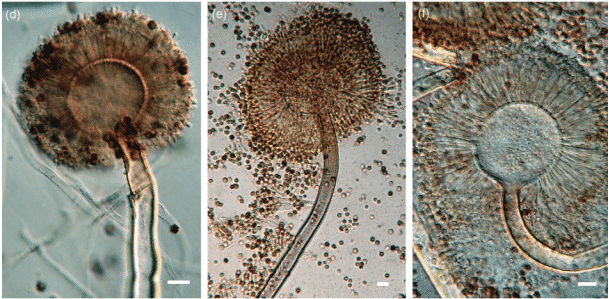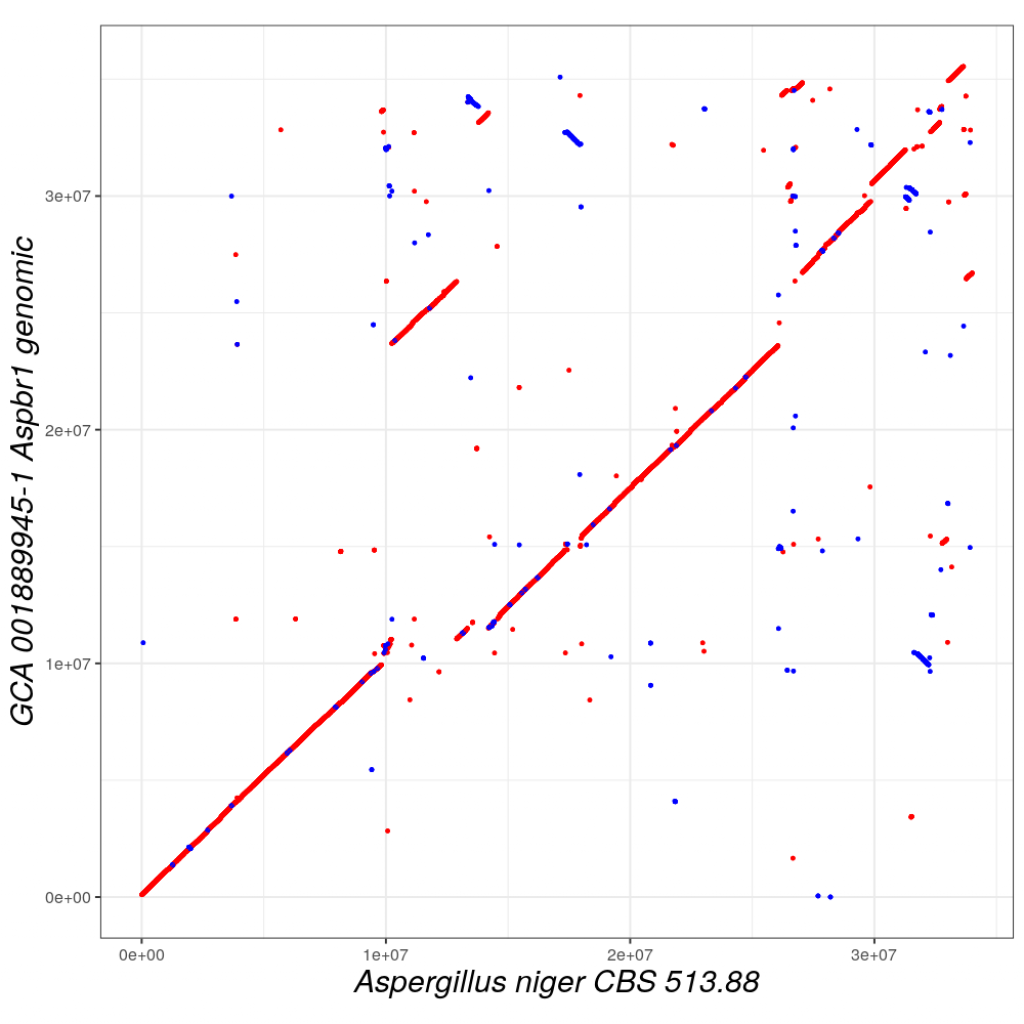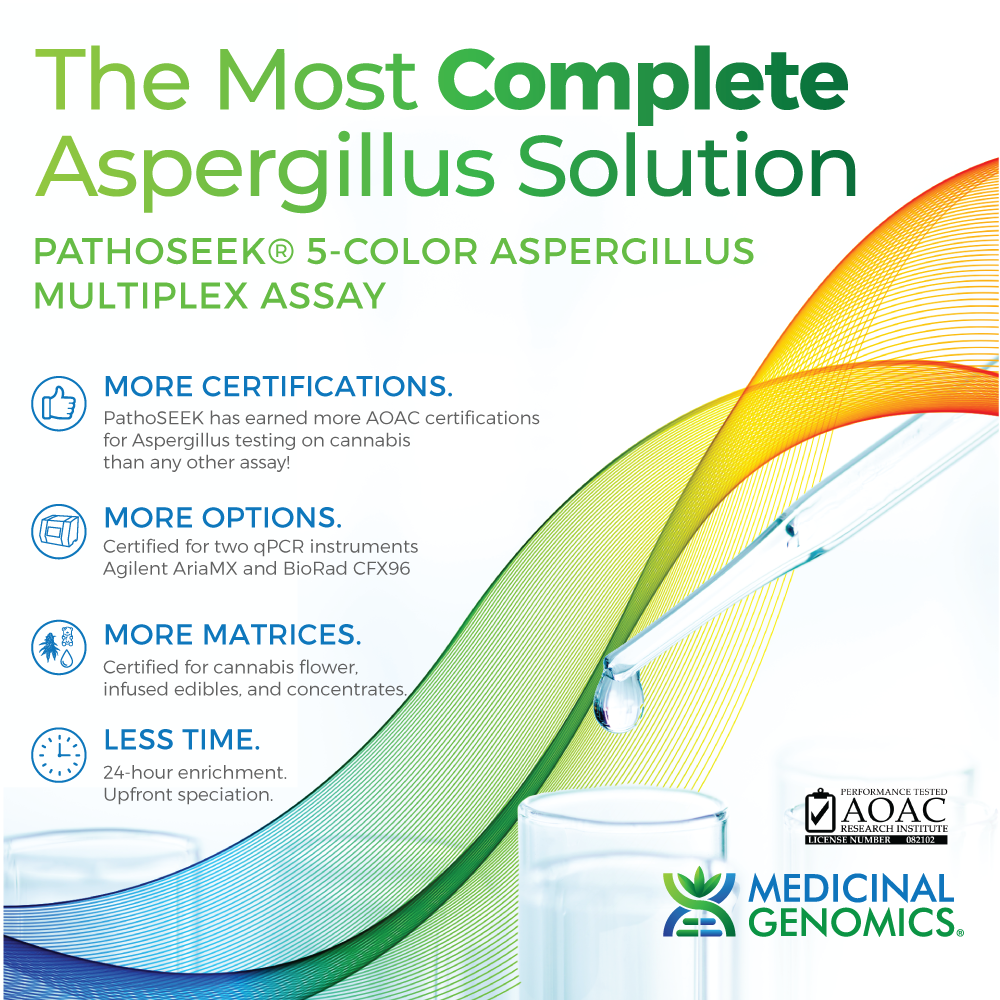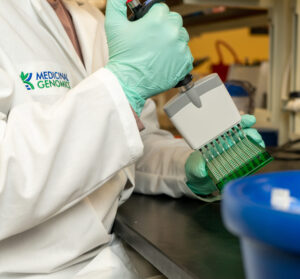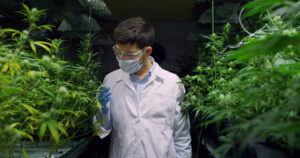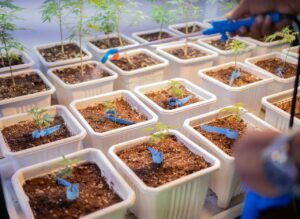You may have heard otherwise, but the truth is that Aspergillus brasiliensis and Aspergillus niger are two distinct species, and assays targeting pathogenic species of Aspergillus should exclude A. brasiliensis.
Let’s explore where the confusion came from.
A new species is found
In 2007, researchers reviewed black aspergilli samples from around the world and realized they were not all the same. Specifically, they identified a novel species that was unique with regard to morphology, extrolite profiles, and genotypic features. They named the species A. brasiliensis, which is a reference to where the samples were isolated.
Furthermore, NCBI has two separate genome assemblies for A. brasiliensis and A. niger. We compared the genomes using MUMmer, a bioinformatics software system widely used by bioinfamaticians to compare different genomes to one another. The results confirm that A. brasiliensis and A. niger are indeed different species.
ATCC Renames Strains
Shortly after the Varga et. al. paper, The American Type Culture Collection (ATCC) renamed two strains in their collection (ATCC® 16404TM and ATCC® 9642TM) from Aspergillus niger to Aspergillus brasiliensis. This prompted the United States Pharmacopeia and the European Pharmacopeia to update chapters referencing those organisms.
It appears these changes caused some confusion in the field, and as a result, some well-ranking websites have erroneously claimed that the entire A. niger species was renamed A. brasilensis. That’s not the case. In fact there are still more than 100 different A. niger strains currently available in the ATCC.

A. brasiliensis in Regulations
A. brasiliensis is not responsible for any cases of Aspergillosis, the potentially deadly lung infection that can result from exposure to certain Aspergillus species. It also does not produce ochratoxin A, kotanins, funalenone or pyranonigrins.
As a result, no cannabis microbial testing regulations nor The United States Pharmacopeia (USP) consider A. brasiliensis a pathogenic species of Aspergillus. That list is limited to A. flavus, A. fumigatus, A. niger, and A. terreus. The USP states in their most recent guidance:
“When inhaled, all four of these species are known to cause a variety of immune lung disorders, ranging from asthma, allergic bronchopulmonary aspergillosis, and hypersensitivity pneumonitis to invasive and life-threatening systemic fungal infections in immunocompromised hosts.”
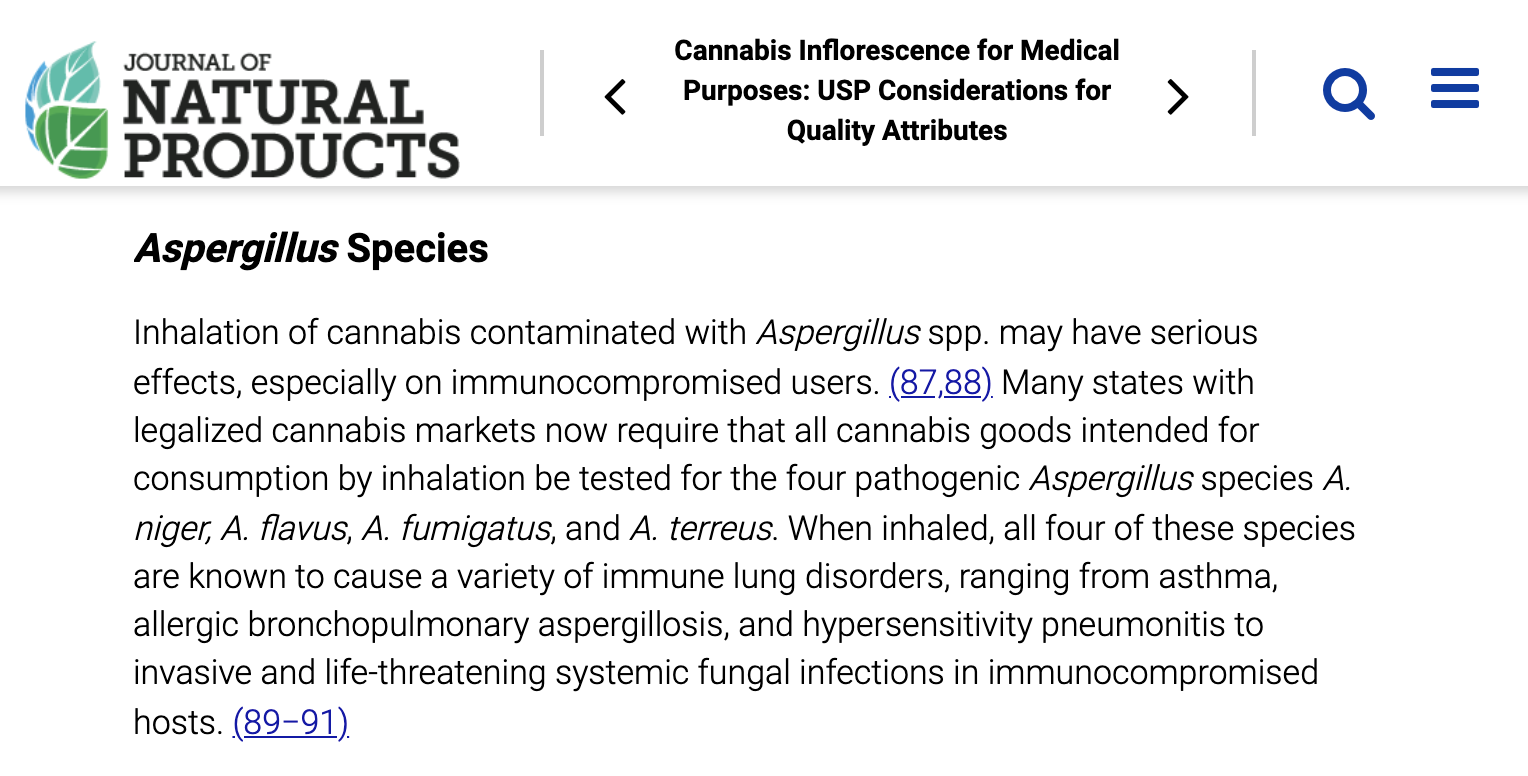
Distinguishing A. brasiliensis from A. niger
Researchers believed A. brasiliensis and A. niger were the same species for so long because the two species appear nearly identical under the microscope. Therefore, even highly-trained and experienced mycologists have a hard time correctly distinguishing the two species using sight alone.
Only DNA-based testing can reliably differentiate between A. brasiliensis and A. niger. However, some assays on the market do not exclude A. brasiliensis. This may be because the assays were originally designed for food testing, before A. brasiliensis was identified as a novel species, and the manufacturers did not update the primers and probes.
Our PathoSEEK 5-Color Aspergillus Multiplex Assays effectively exclude A. brasiliensis, as demonstrated in the AOAC PTM Certification under Table 6. Exclusivity List. This means PathoSEEK assays will not produce a false positive when/if A. brasiliensis is present, which is not a rare occurance. There has been at least one documented case of A. brasiliensis contamination on cannabis.
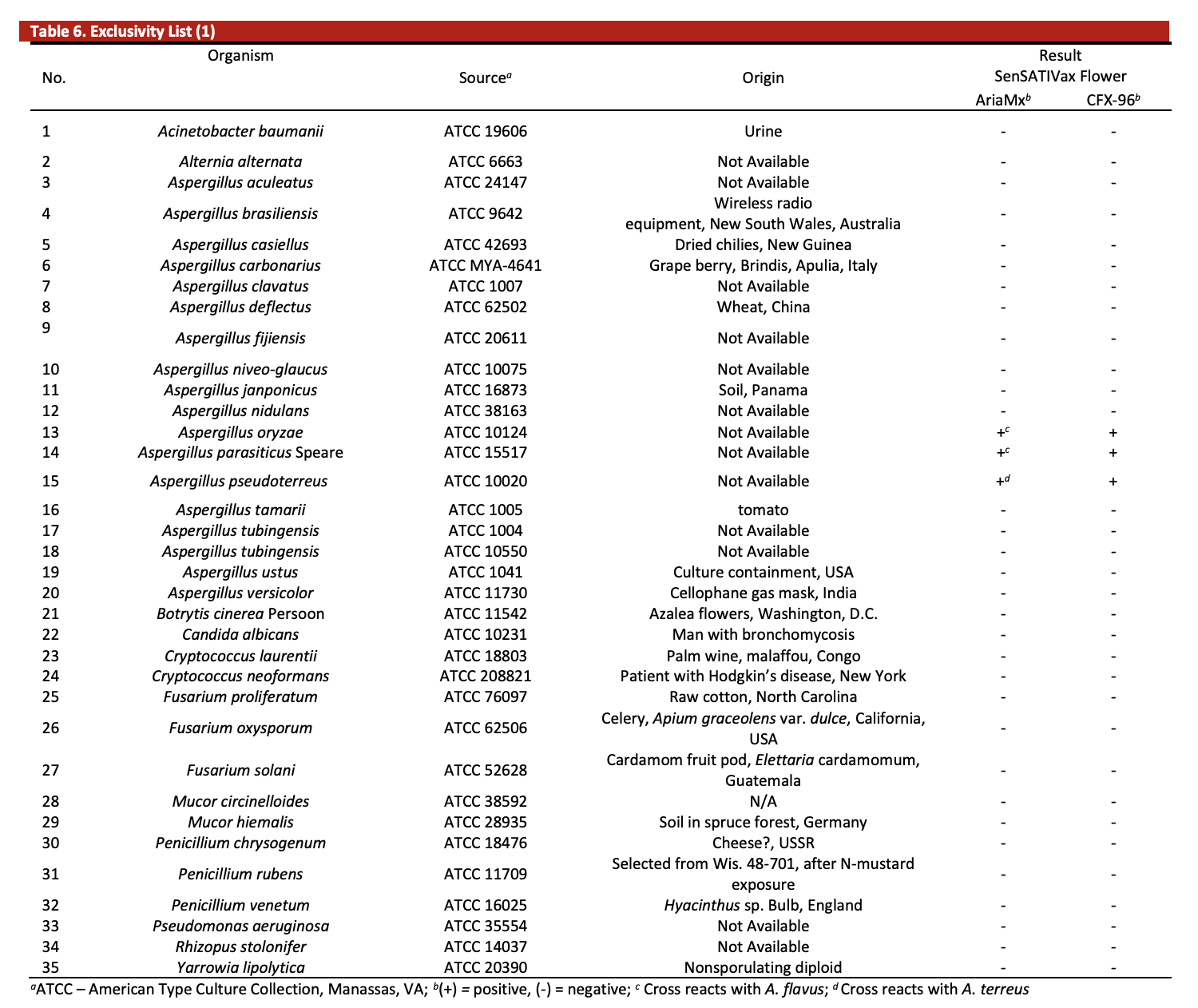
Choose the Most Comprehensive Aspergillus Assay
You can use the PathoSEEK 5-Color Aspergillus Multiplex assays with confidence because they are specifically designed for use on cannabis matrices and the AOAC PTM has certified its use for:
- Multiple instruments. Aglient AriaMX and BioRad CFX96
- Multiple matrices. Cannabis flower, infused edibles, and concentrates
- Next-day results. 24-hour enrichment for cannabis flower
Learn more about the PathoSEEK 5-Color Aspergillus Multiplex assays or order today!

